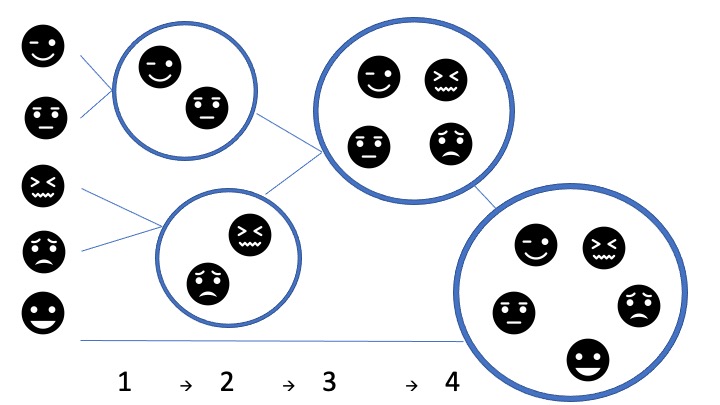Abstract
By identifying audience subgroups, cluster analysis (a quantitative technique) helps Extension agents tailor their education and communication programs to specific audiences. This publication falls under the Cluster Analysis for Extension and Other Behavior Change Practitioners series and discusses key information and terminology associated with cluster analysis. The publication thus builds upon “Cluster Analysis for Extension and Other Behavior Change Practitioners: Introduction,” which introduced cluster analysis as a technique for audience segmentation. This publication provides essential information for the publications which follow, “A Practical Example” and “Integrating the Results of Cluster Analysis into Meaningful Audience Engagement.”
References
Burns, R. B., & Burns, R. A. (2008). Cluster analysis. In R. B. Burns & R. A. Burns (Eds.), Business research methods and statistics using SPSS (pp. 552–567). Sage.
Finch, H. (2005). Comparison of distance measures in cluster analysis with dichotomous data. Journal of Data Science, 3(1), 85–100. https://doi.org/10.6339/JDS.2005.03(1).192
Gülağız, F. K., & Şahin, S. (2017). Comparison of hierarchical and non-hierarchical clustering algorithms. International Journal of Computer Engineering and Information Technology, 9(1), 6–14. https://www.proquest.com/openview/f509f82f8d5184afd7b935efcadc0c3e
IBM Corporation. (2021a). Choosing a procedure for clustering. https://www.ibm.com/docs/en/spss-statistics/28.0.0?topic=features-choosing-procedure-clustering
IBM Corporation. (2021b). Hierarchical cluster analysis. https://www.ibm.com/docs/en/spss-statistics/28.0.0?topic=features-hierarchical-cluster-analysis
IBM Corporation. (2021c). K-means cluster analysis. https://www.ibm.com/docs/en/spss-statistics/28.0.0?topic=features-k-means-cluster-analysis
IBM Corporation. (2021d). TwoStep cluster analysis. https://www.ibm.com/docs/en/spss-statistics/25.0.0?topic=features-twostep-cluster-analysis
Qualtrics. (2023). What is cluster analysis? When should you use it for your survey results? https://www.qualtrics.com/experience-management/research/cluster-analysis/
Sarstedt, M., & Mooi, E. (2019). Cluster analysis. In A concise guide to market research. Springer texts in business and economics. Springer. https://doi.org/10.1007/978-3-662-56707-4_9
Statistics Solutions. (2022). Conduct and interpret a cluster analysis. https://www.statisticssolutions.com/free-resources/directory-of-statistical-analyses/cluster-analysis/
Warner, L. A. (2021). Cluster analysis for Extension and other behavior change practitioners: Introduction: WC399/AEC738, 11/2021.” EDIS, 2021(6). https://doi.org/10.32473/edis-wc399-2021
Yim, O., & Ramdeen, K. T. (2015). Hierarchical cluster analysis: Comparison of three linkage measures and application to psychological data. The Quantitative Methods for Psychology, 11(1), 8–21. https://doi.org/10.20982/tqmp.11.1.p008

